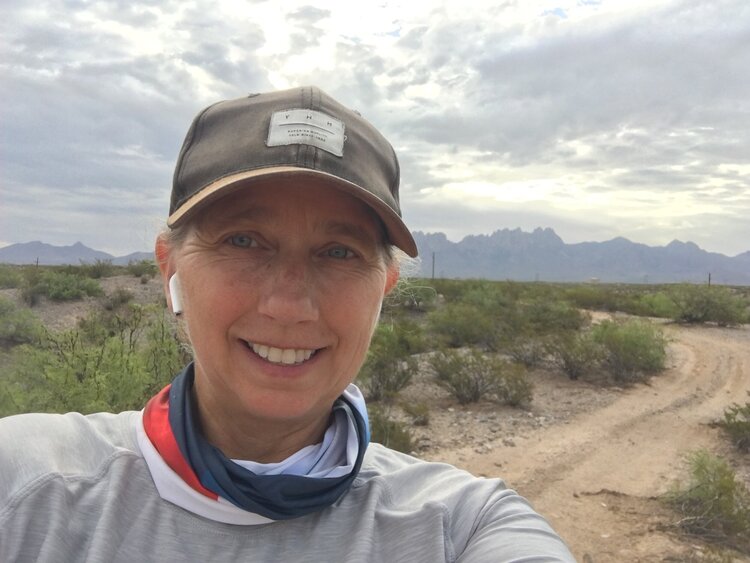Bunsen burners are lit, plants are everywhere, beakers, test tubes, and flasks scatter the lab benches, and students are bent over leaves stained with iodine analyzing the results of their experiments. We do not notice the movement in the doorway.
But we hear my name called and all turn to look at the classroom entrance. Then we see them cautiously filing in with their hands clasped in front of themselves. As they hesitate to join us in the lab area, it’s clear to me that they’ve been instructed, “Do not touch anything!” I beckon them towards us.
These wide-eyed 4th graders have been learning about the rain forests and photosynthesis. Their teacher came to me for additional resources and ideas and wondered if we were doing anything that might fit. And behold, we were! I gave her the link to the Photosynthesis song (click here if you want to watch it for yourself) and we decided that she’d bring her class up as my students were completing their photosynthesis experiments.
So, here they are. They receive a debriefing on the activities. When they are shown the variegated (green and white) leaves and are asked what part of the leaf will demonstrate photosynthesis they immediately exclaim, “The green part!” and off we go. With captivation the 4th graders listen to the 10th graders explain their various stages of research. It is fun to watch the high school students carefully evaluate exactly what they are doing, deliberate the words they will speak, and embark on explanations that will be understandable to their elementary guests.
The 10th graders become more and more confident in their knowledge and the 4th graders get a taste of “real science”. Eventually the younger students must descend the stairs to their classroom and the reluctantly head out the door but before they leave, they shout out a series of “thank you”s.
This is definitely an advantage of our smaller school: An elementary class can take a field trip that merely involves climbing the stairs. High school students are afforded the chance to teach younger students, solidifying their own knowledge. If you have the chance to mix younger and older students, take the chance. You’ll find learning at its best!
